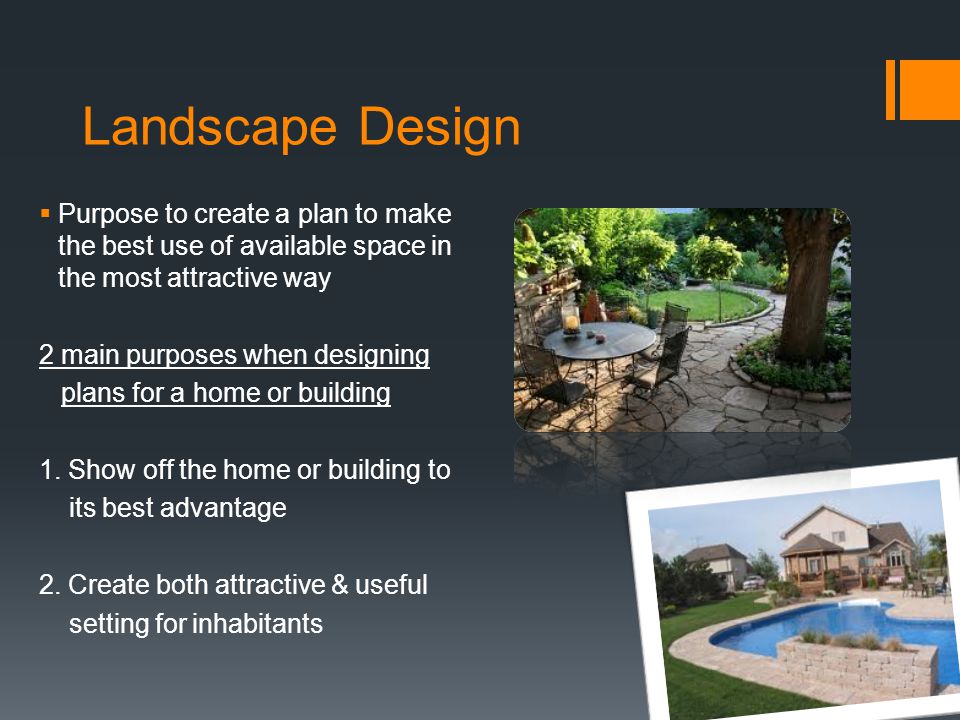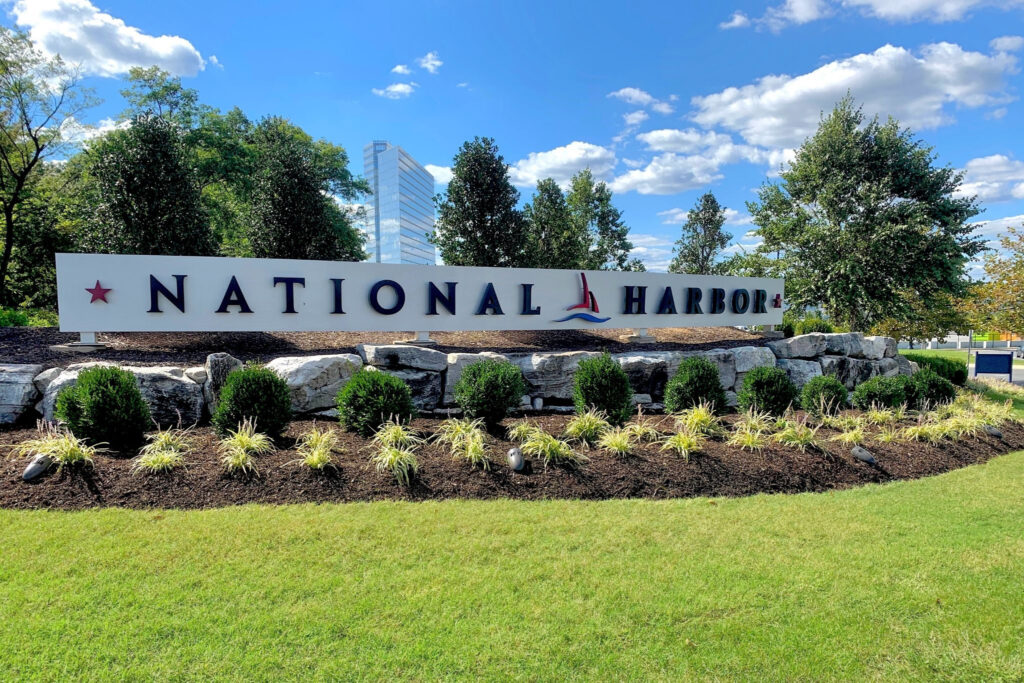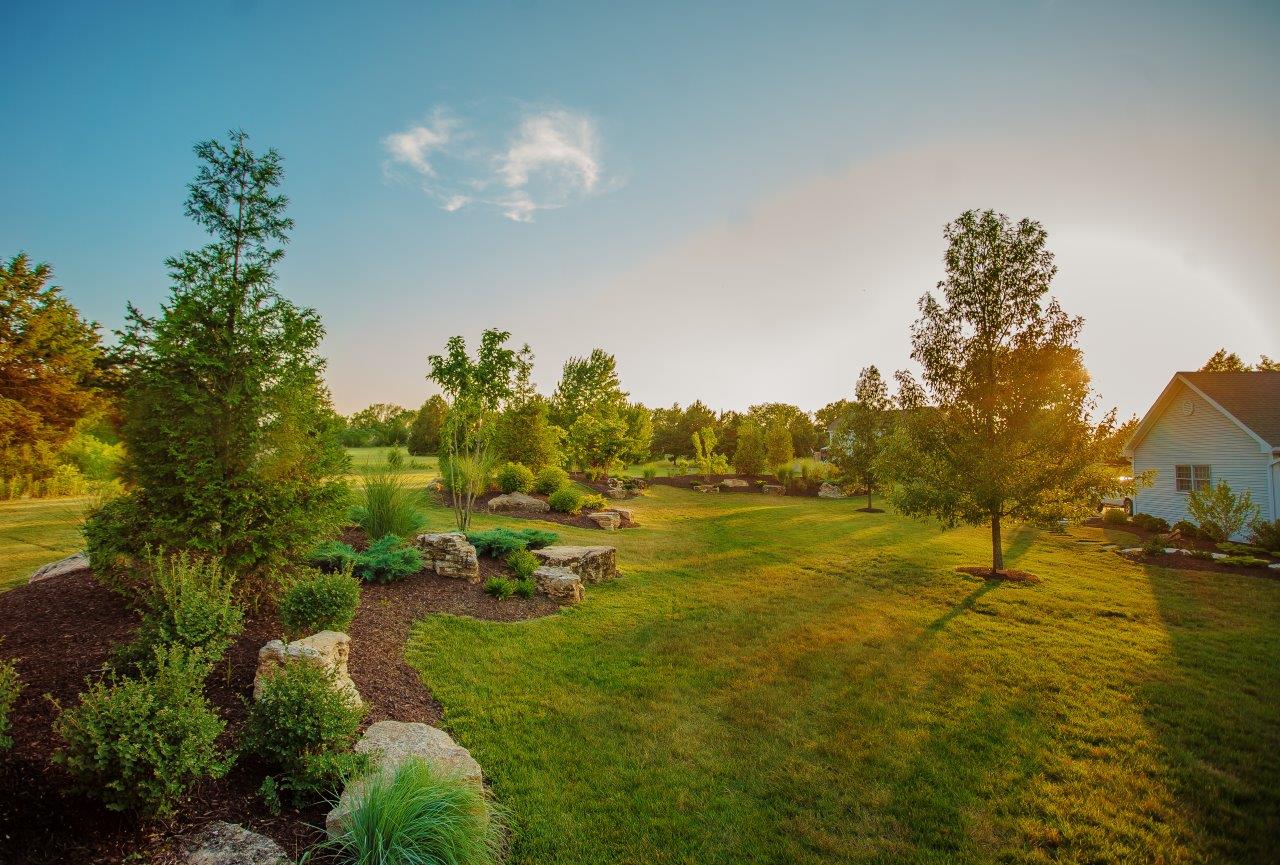Unknown Facts About Hilton Head Landscapes
Unknown Facts About Hilton Head Landscapes
Blog Article
10 Simple Techniques For Hilton Head Landscapes
Table of ContentsThe Ultimate Guide To Hilton Head LandscapesThe 5-Minute Rule for Hilton Head LandscapesThe Only Guide for Hilton Head LandscapesThe Main Principles Of Hilton Head Landscapes The 10-Second Trick For Hilton Head LandscapesNot known Incorrect Statements About Hilton Head Landscapes The Only Guide to Hilton Head LandscapesNot known Incorrect Statements About Hilton Head Landscapes
Form compatibility is additionally a significant component of unity in designone or more strikingly various types benefit contrast and emphasis, however typically all other forms must have some similarities for a merged appearance. Structure refers to exactly how rugged or fine the surface area of the plant or hardscape material feels and/or looks.
Examples of plants with coarse texture consist of philodendrons, agaves, bromeliads, hollies, palms, and hydrangeas. Hardscape with coarse texture includes rough-cut stone, rough-finished brick, and unfinished wood with knots and an elevated grain. Matured or old building and construction material that maintains a weather-beaten surface area is typically rugged in appearance. Features that create fine texture consist of little vegetation; thin, strappy leaves (yards) or tall, slim stems; small, thick branches and small branches; long stems (creeping plants); and small, fragile flowers.
The 9-Second Trick For Hilton Head Landscapes
Most plants are medium structure, in that they can not be described as having either rugged or fine structure. Medium-textured plants act as a background to link and combine the coarse- and fine-textured plants.

To make a space really feel smaller, position the crude textures along the outer border and the great appearances closest to the audience. The detail of the coarse appearance makes the plants appear closer and makes the area feel smaller. The perceived appearance of plants can likewise change with the range from the plant.
10 Simple Techniques For Hilton Head Landscapes
Vibrant shades enhance the comparison and make the structure show up coarser, while soft shades can squash structure. Hardscape with a coarse texturesuch as extremely rough rocks and vibrant, big timberstends to make all plant material show up a lot more medium textured. Designers frequently develop a texture study (Figure 8) on paper to assist choose the setup of plant materials.
Shade in plant material and hardscape adds interest and range to the landscape. Shade is the most obvious component in the landscape and is typically the focus of most home owners; nonetheless, it is also the most temporary component, usually lasting only a couple of weeks a year for private plants.
Getting My Hilton Head Landscapes To Work
A simple description of the color wheel consists of the three primaries of red, blue, and yellow; the 3 secondary colors (a mix of two primaries) of eco-friendly, orange, and violet; and 6 tertiary shades (a mix of one nearby main and additional color), such as red-orange. Color concept describes the relationship of shades to each other and just how they should be made use of in a composition.

Similar (in some cases called harmonious) shade schemes are any three to five colors that are nearby on the color wheel, such as red, red-orange, orange, yellow-orange, and yellow, or blue, blue-violet, and violet (landscape design hilton head). The colors are related to every other because they generally include two primaries mixed to form a secondary and two tertiary shades, which means they share usual residential properties
They tend to have high comparison in between them. The most typical collections are violet and page yellow, red and eco-friendly, and blue and orange. Complementary colors are often found normally in blossoms; an usual pair is yellow and violet. Shade is found in the blossoms, vegetation, bark, and fruit of plants.
The Greatest Guide To Hilton Head Landscapes
Green vegetation in all its numerous tones is the dominant color by quantity, however other shades catch focus quicker due to the fact that of their high comparison to the color green. Shade is also discovered in structures, rocks, pavers, wood, and furnishings. Many shades in natural materials, such as rock and wood, are normally low-key and tend to be variants of brownish, tan, and pale yellow.
Shades have residential or commercial properties that can influence feelings, spatial understanding, light top quality, balance, and focus. Awesome colors often tend to be soothing and need to be used in areas for leisure and serenity.
Things about Hilton Head Landscapes
The "temperature level" of shades can likewise impact the understanding of range. Amazing colors have a tendency to recede and are regarded as being farther away, making an area really feel larger. Warm colors have a tendency to advance and are viewed as being better, making an area feel smaller sized. Color can likewise be used to capture interest and direct views.
For instance, bright yellow, which has the highest possible strength, likewise has a high comparison with all various other shades (frequently defined as a "pop" of color) and ought to be conserved. A percentage of intense color has as much visual weight as a large quantity of a more controlled or weaker color.
Analogous (sometimes called harmonious) color design are any three to five colors that are nearby on the color wheel, such as red, red-orange, orange, yellow-orange, and yellow, or blue, blue-violet, and violet. The shades are associated to every other due to the fact that they normally include two primaries blended to create a secondary and two tertiary colors, which implies they share typical residential or commercial properties.
The Buzz on Hilton Head Landscapes
Complementary colors are often discovered naturally in blossoms; a typical pair is yellow and violet. Shade is found in the blossoms, vegetation, bark, and fruit of plants.
Green vegetation in all its different shades is the leading color by amount, but various other colors catch interest quicker due to their high contrast to the color eco-friendly - landscape design hilton head - https://h1tnhdlndscps.weebly.com. Shade is additionally located in structures, rocks, pavers, timber, and furnishings. Most colors in all-natural materials, such as stone and wood, are generally soft and often tend to be variants of brown, tan, and light yellow
Getting My Hilton Head Landscapes To Work
Colors have homes that can affect emotions, spatial assumption, light quality, balance, and emphasis. Cool colors often tend to be relaxing and should be used in areas for relaxation and tranquility.
The "temperature level" of shades can additionally affect the understanding of range. Cool shades have a tendency to recede and are regarded as being farther away, making a room feel bigger. Warm colors tend to breakthrough and are regarded as being more detailed, making an area feel smaller. Shade can additionally be utilized to capture interest and direct views.
For instance, brilliant yellow, which has the greatest intensity, likewise has a high comparison with all various other shades (commonly called a "pop" of color) and must be utilized sparingly. A percentage of extreme color has as much aesthetic weight as a large quantity of a more subdued or weak shade.
Report this page